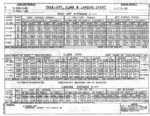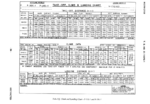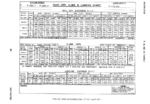P-39 Expert
Non-Expert
Okay. The average high temperature for the hottest month on Guadalcanal is 88 degrees at sea level and average low temperature is 73 degrees.Again, that would be shown on a performance chart that includes temperature and density altitude into the equation. I believe most if not all US WW2 fighters computed at "Standard Altitude" (59F at sea level 29.92"HG).
Average high for the hottest month in Dayton, OH (Wright Field) is 84 degrees, average low is 65 degrees.
How much will speed and climb be degraded at Guadalcanal if the test was done in Dayton?



